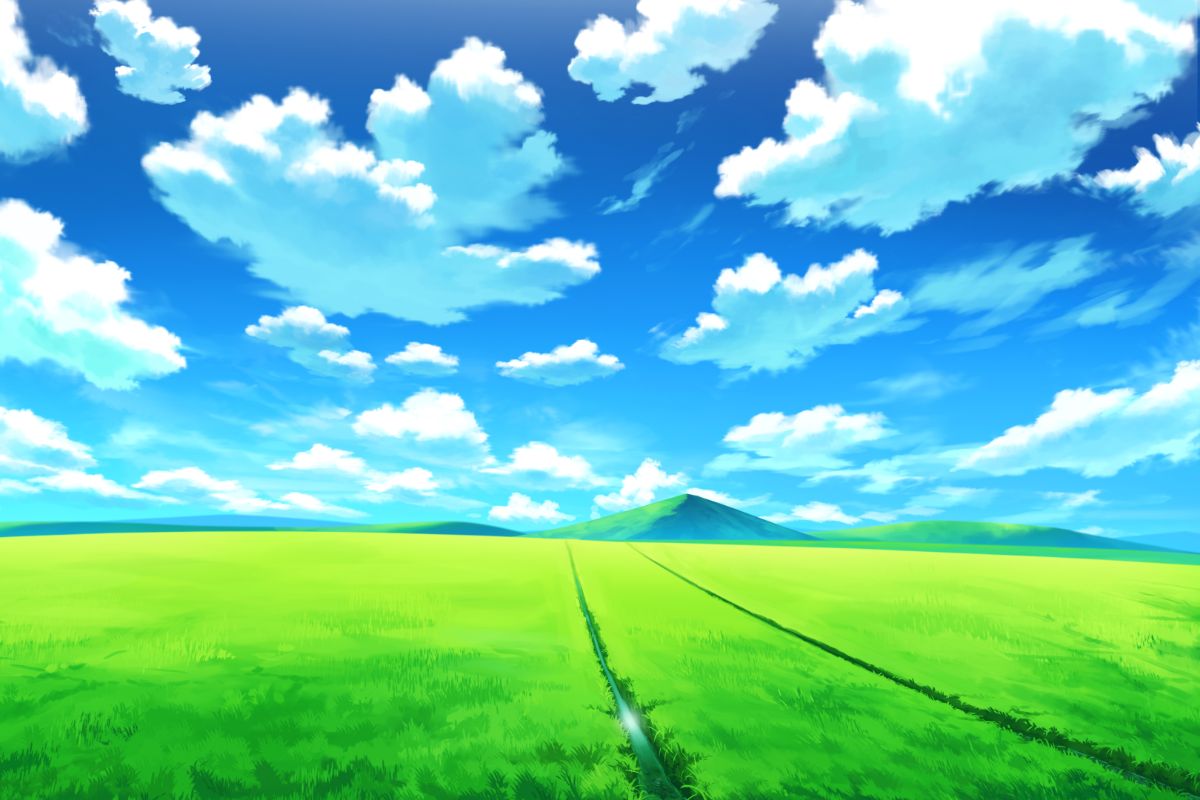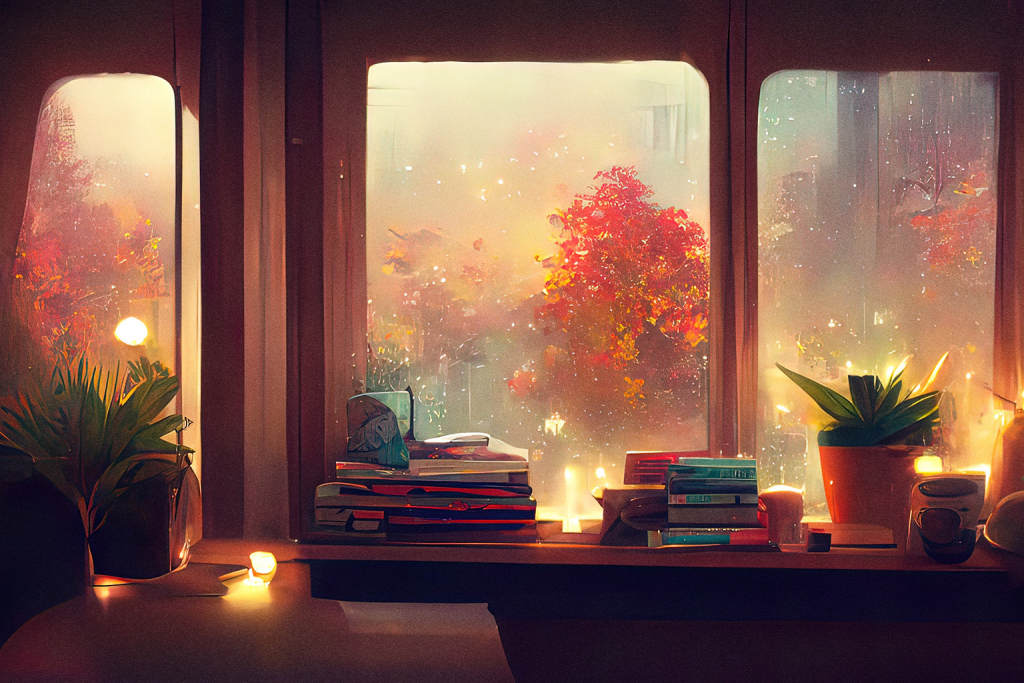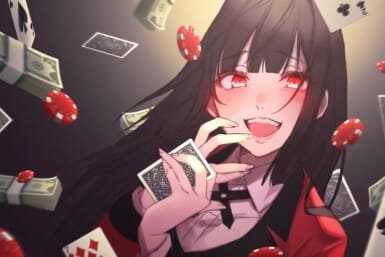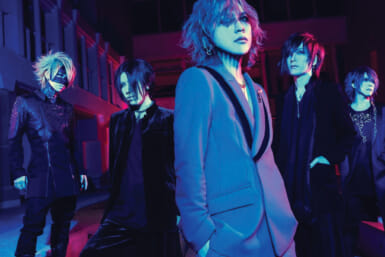The last couple of years have been rough, to say the least, and a runaway hell train that exposed the cruelty hiding beneath the façade of modern society, to say the most. That’s probably how people in Japan felt in 1995 after the Great Hanshin Earthquake, one of the worst natural disasters in the country’s history, was tragically followed by the Tokyo subway sarin attack.
However, out of darkness, there came a light. In the aftermath of the year from hell, a new type of Japanese fiction emerged that Paul Roquet, the associate professor of Japan Studies at the Massachusetts Institute of Technology (MIT), likened to “ambient” media. It’s called iyashikei and it’s a genre of manga and anime focused on helping audiences relax. Yet there is so much more to it than that.
What is Iyashikei?
Iyashikei means “healing,” “refreshing” or “therapeutic,” with “iyashi” often appearing in descriptions of hot springs. And that’s what these stories are meant to feel like: a long, relaxing bath for the soul. As such, iyashikei manga and anime often feature vast nature landscapes and deal with simple or mundane aspects of life without throwing any villains or life-or-death situations for their protagonists to overcome. Interestingly, though, the goal of iyashikei isn’t for audiences to close their eyes and pretend the real world and its problems don’t exist.
Take, for example, one of the most popular iyashikei anime out there: Laid-Back Camp, a story about high school girls who enjoy camping in scenic locations that show off Japan’s natural beauty. That’s it.
That being said, the heroines do face challenges, like finding themselves in an unfamiliar place after dark with no way of contacting home. However, any obstacles in iyashikei anime are almost always instantly resolved or mitigated so that the story can get to the heart of the genre: finding happiness in the little things, like how amazing a hot drink or a steaming cup of ramen can feel on a cold night, or the simple joy of successfully putting up a tent and building a fire.

What Do People Love About It?
The Covid-19 pandemic had a hand in popularizing iyashikei, a genre that helps people find happiness whenever they can. It also helped people live vicariously through characters who get to travel and enjoy the outside world without anything horrible happening to them. Just like in Aria, a show about a joyful, trainee gondolier in Neo-Venezia, a city on a terraformed Mars in the 24th century. But that’s not all.
Iyashikei does something remarkable from a storytelling point of view, in that it breaks away from the classic three-act structure. Nearly every fictional story today follows this formula. You start with exposition and an inciting incident in the first act, then the action rises until the midpoint when it drops before suddenly shooting up towards the climax in the third act. Iyashikei doesn’t really do that. The genre can spend an entire episode on people just hanging out, talking about everything and nothing and enjoying life. It’s the kind of story we almost never see in mainstream media, which is another thing that draws people to it.
Are Ghibli Films Iyashikei?
When you picture a relaxing anime that’s big on atmosphere and light on drama, you might think about Ghibli movies. So are they iyashikei? The answer is that it depends, but mostly no. Obviously movies such as Princess Mononoke or Porco Rosso don’t exactly scream “soothing,” even if the latter is about fighting fascists. But Kiki’s Delivery Service, a story about a young witch running a delivery service on her magic broom, does seem to fit the bill. At the very least, it looks like it inspired some of the most popular iyashikei anime series out there.
You can sort of feel Kiki’s influence on Aria as both are about characters who leave home to experience the outside world and find their own way. And you can 100% feel the inspiration of the 1989 Ghibli film in the 2016 anime Flying Witch. Even without the title, the similarities between the two are staggering.
Both anime productions are about witches who, according to tradition, leave their homes to experience the world. Both are big on broom-flying scenes and both focus on the more mundane aspects of the life of a magic user. But here’s the thing, Flying Witch was ultimately a story about the unique charms and challenges of living in a small town.
Kiki’s Delivery Service, though instrumental to the development of iyashikei, still follows a three-act structure, with Kiki experiencing a moment of second-act self-doubt where she loses her ability to fly before getting it back in time to save someone from an airship incident. Nothing that exciting ever happens in Flying Witch. So, it’s probably best to conclude that some Ghibli films are like the godparents of iyashikei stories.
What Other Iyashikei Anime Are Out There?
One of the most famous examples of the genre is Yokohama Kaidashi Kikou, also known as Quiet Country Cafe. It’s a story about an android who runs a café on a post-cataclysmic but non-dystopian Earth, finding tranquility and beauty in a world that’s beyond saving and just enjoying the end of this crazy ride that has been the age of humanity. But given everything we’re dealing with right now, that one might hit a bit too close to home to be truly relaxing.









